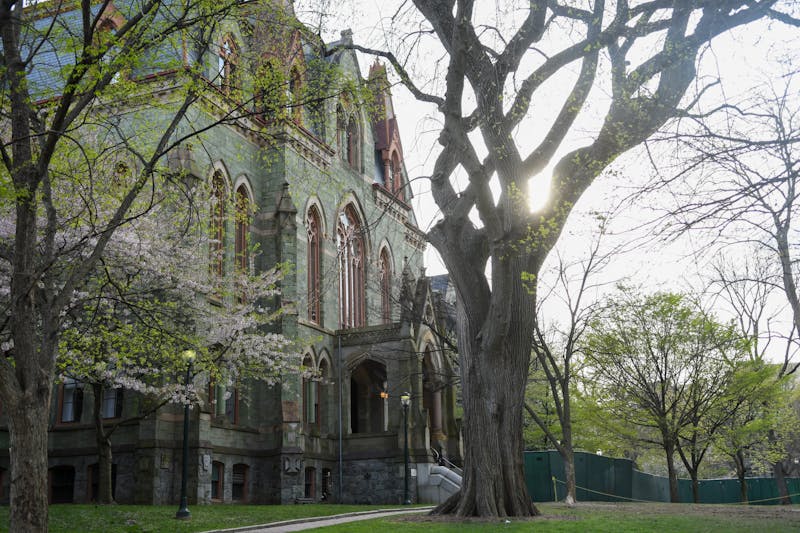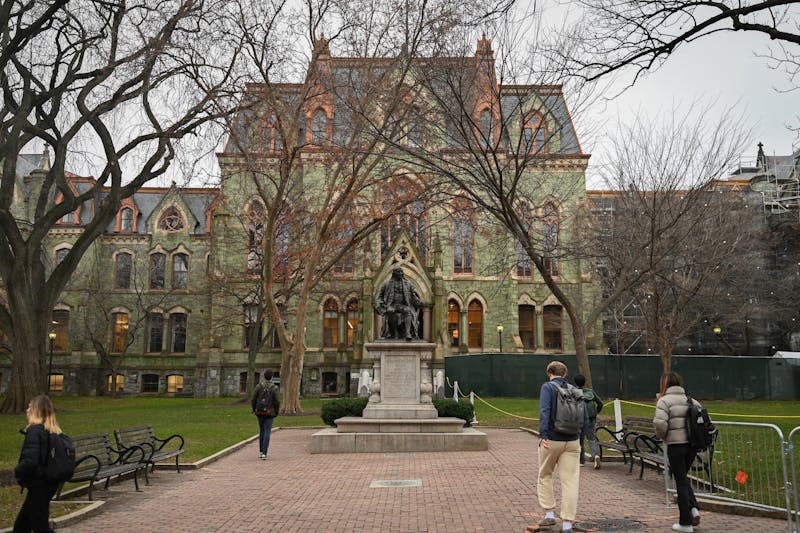
Penn's recently released Class of 2028 demographic data reveals a dip in the percentage of students from historically underrepresented groups.
In the released data, Penn reports a slight drop in admits from races and ethnicities historically underrepresented in higher education, making up 23% of the Class of 2028 compared to 25% of the Class of 2027. The University declined to provide a breakdown of the data based on race.
"Our class continues to represent similar proportions of students who are first generation to college, Pell-eligible, and students of color, though the proportion of students from underrepresented racial and ethnic backgrounds has decreased 2% points,” Dean of Admissions Whitney Soule wrote in a statement to The Daily Pennsylvanian.
Soule told the DP that the University's approach in not posting racial subcategory details is in line with the approach of previous years.
"We hope that the information we do provide demonstrates our commitment to the breadth of diversity, including first generation to college," Soule added.
While Penn has not released a criteria for this year's definition of historically underrepresented groups, they used the Integrated Postsecondary Education Data System to define the term for the Class of 2027.
IPEDS is a system of annually conducted surveys with the United States Department of Education's National Center for Education Statistics. IPEDS defines Domestic Underrepresented Minority as any ethnicity category that includes Black, Hispanic, Native American Indian, Hawaiian or Other Pacific Islander, and Two or More Races.
Other demographic data on the first-year class — including geographic, first-generation status, and test scores — remained similar to previous years.
Penn’s changes in data are in line with national trends. The Massachusetts Institute of Technology saw a nine percentage point drop in students from Black, Latino, Native American, and Pacific Islander backgrounds, despite seeing a 2.2% increase in students from underrepresented minority groups from the Class of 2025 to the Class of 2026.
At Princeton University, the percentage of Hispanic or Latino students dropped by 1%, while the percentage of Black students saw a slight decline of 0.1%. At Brown University, a Brown Daily Herald poll reported that the share of incoming Black students nearly halved from the previous year.
In the Philadelphia region, Haverford College reported a 1.6% decrease in students of color. At Swarthmore College, spokesperson Alisa Giardinelli told The Philadelphia Inquirer that preliminary data showed a 4% drop in the number of domestic students of color from the previous year.
In June 2023, the U.S. Supreme Court ruled that race-conscious admissions practices were unconstitutional. In a statement released after the ruling, Penn reaffirmed its commitment to diversity and inclusion, stating that it would continue to pursue policies and practices that encourage a wide array of students to apply.
The Daily Pennsylvanian is an independent, student-run newspaper. Please consider making a donation to support the coverage that shapes the University. Your generosity ensures a future of strong journalism at Penn.
Donate












